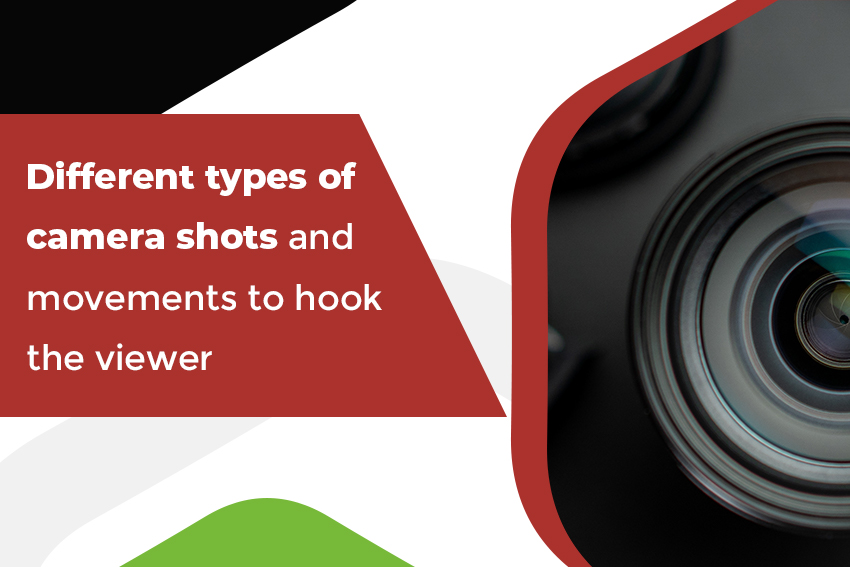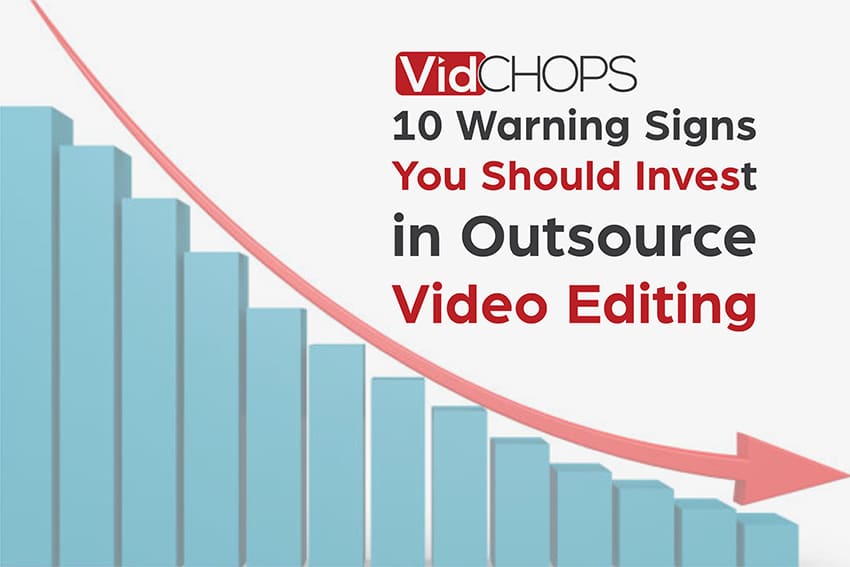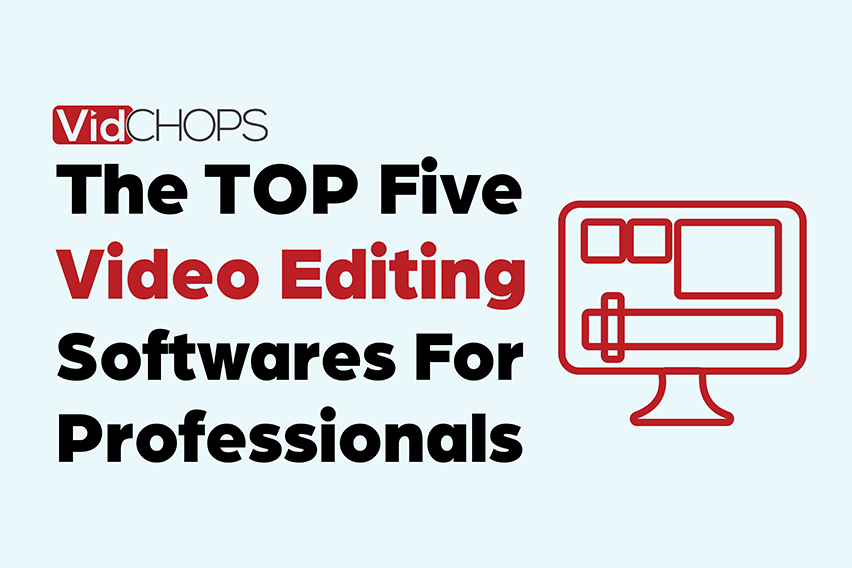How Top Video Creators Turn Simple Views Into 7-Figure Businesses
We break it all down on The Video Creatr Show, click the link below.

As a videographer, your camera shots set you apart from the competition. You can achieve this with a good camera angle or movement that creates dynamic scenes.
A good camera shot captures the audience’s attention and emotions. It helps you convey a message, enhancing the film’s narrative and theme. However, you must know how to use your camera to bring out different camera shots and movements.
If you’re planning to venture into photography or videography, this guide is for you. We will help you understand how to play with different camera angles and movements to achieve the desired shot.
The Basic Camera Shots
Camera shots help you give meaning to the subject. It shows the subject’s size within a frame. The main basic camera shots you can try out include:
A Medium Shot
One of the common camera shots you will encounter in this field is a medium shot. It gives many details about the subject, and it’s between a wide and close-up shot.
The medium view doesn’t give all the details about the object. Instead, it focuses on something specific which the photographer wants to bring out.
For example, if you are taking a picture of your friend, a medium shot focuses on their upper body part. This can be from the waist up.
A medium shot helps deliver certain information about the object. You can use any lens to capture it. But most professionals use normal length with a 35-50 millimeters focal length.
Medium Close-Up Shot
You can also shoot a subject’s picture from their head to mid-chest. The medium close-up shot focuses on the subject and surroundings and is important in documentaries or interviews. It can help break subject monotony and enhance viewership.
Wide Shot
You can also use your camera to capture a wide shot (full or long shot). A wide shot covers a wider view of the object surrounding it. Such images come out perfectly with a wide-angle lens or moving away from the subject.
Wide shots help give a place a sense of belonging or scene space. It introduces a new scene, character, or location. An example of a wide shot is capturing a whole building plus its surroundings or taking a photo of someone from head to toe.
Extreme Long Shot
Extreme long or wide shots happen after you take another step further from the subject. It makes the subject not the main focus of the photo. Instead, the surrounding environment takes center stage.
Most professionals use this shot to create a picture within a film to show the audience where the action occurs. It can also help elaborate on what’s happening in a scene. An extreme long shot is popular in war-type films, allowing several actions to be seen.
Close Up
A close-up shot is a perfect shot to trigger emotions or initiate talks. It captures a subject from their shoulder to their head, showing their facial expressions and emotions. You can use a long or zoom lens to achieve this shot at a focal length of 85 mm.
Extreme Close Up
Another basic camera shot you can try out is the extreme close-up. It aims to give finer details about the subject’s face, as most parts are cropped out. An example of this shot is a photo that starts above the eyes and ends below the mouth.
Medium Long Shot
A medium-long shot covers the better part of the subject’s body (three-quarter shot). If it’s your friend’s photo, it will cover them from their knees to their heads.
It’s a shot in between long and medium shots. So you have to moderate your focal length well to achieve it.
Camera Angles
You can play around with different angles to create perfect camera shots as a professional photographer. The advanced camera angles create mood and the movie’s narrative and don’t focus on size. The common camera angles that bring out unique camera shots include:
High Angle
A high-angle shot is where you shoot a scene from above. You must lift your camera above the subject to make them look vulnerable or powerless. High-angle shots are popular in horror movies where the subject must appear horrified or in danger.
You can also alter the angle to create the desired scene effect. High-angle shots help the audience understand the scene better and fit the subject’s viewpoint.
Low Angle
You can also put your camera below the eye line and look at the subject above. This enables you to create a perfect low-angle shot, which triggers psychological effects on the audience.
Alternatively, it can increase the subject’s height, making it appear longer than in real life. In most cases, the angle makes the subject look powerful and stronger.
Bird’s Eye View
The bird’s eye view or an aerial view shot is where you capture a scene from a higher location than the subject. Currently, most people use a drone to achieve this shot and get a wider view of the scenes below.
But some people cover it from on top of tall buildings. Such a shot gives viewers an idea of the shoot location and can be used as a transition shot.
Over the Shoulder
An over-the-shoulder shot best suits a film with more than one character talking to each other. It focuses on where the eye line of every character looks at the scene. It can help viewers know what a particular character sees that the other subject is unaware of.
Dutch Angle or Tilt
The Dutch angle requires you to be more tactful in how you tilt the camera to the sides. It helps you create a frame that’s not level, which is good for dramatic scenes. It can help evoke emotions and create tension, and it is best for creating suspense and thrill in a movie.
In the early 80s, the Dutch angle was a popular camera trick, making viewers uneasy. It makes sense if the viewer tilts their head to the side.
Camera Movements
You can also achieve the desired shot by moving the camera around to enhance your story. The camera movements can help you show the viewers something new or evoke their emotions. It can also make your videos more engaging.
The common types of camera movements are:
Tilt Shot
A tilt shot is one where you don’t move the camera at all while shooting. Instead, you put the camera on a tripod and rotate it up and down on a vertical plane.
But you must tilt or rotate the camera up and down to achieve the perfect shot. Most professionals do this by lowering and raising their heads as if looking up and down.
Zoom Dolly Shot
A zoom dolly shot movement is where you move the camera away from the subject while the lens is zooming. For example, if your camera is closer to the subject, you must zoom out to achieve the dolly shot.
Doing this doesn’t affect the subject’s size, but it compresses or decompresses the background. This camera movement makes the world appear to be closing in on the subject.
Pan Shot
In a pan shot, you move the camera from side to side while it is in a fixed position (tripod). It’s a perfect shot to show more of the subject or landscape. You should rotate your camera from left to right in a fixed position to achieve this.
Tracking Shot
Here you move the camera alongside the subject. Even though some people refer to it as “dolly shots,” it’s different as the movements follow a horizontal axis while the object keeps moving. You might be familiar with this movement, where you walk and take in other scenes as they unfold
Pedestal
The pedestal shot is where you move the camera up and down, depending on how the subject moves. Unlike other shots like tilt, you have to move the camera up and down and not put it on a tripod.
Following Shot
The following shot works the same way as a tracking shot. You must follow the subject continuously to create a smooth, uninterrupted shot. It’s best to use Steadicams or Gimbals to avoid shaky videos. Long following images help you bring out something unique in your videos.
Tips to Achieve the Best Camera Shots and Movements
With the right angle, shot, and movement, nothing should stop you from producing high-quality videos/photos. To achieve the best shots and movements, here are some tips that can help you out:
1- Invest in a high-quality filter. For example, you can buy an ND filter for professional and outstanding captures.
2- Know how to edit your shots. You can use various photo editing tools to be ahead of the competition. A good video editing tool like Vidchops can also help you out.
3- Give it time. Don’t expect to be perfect in everything within a day. Take your time and learn all the camera shots, angles and movements to be the talk of the town.
4- Buy high-quality equipment. You must also buy high-quality cameras, lenses and tripods to produce the best shots.
5- Take as many shots as possible, then choose the best out of them. To attract clients, you can market your best camera shots on various social media platforms.
Bottom Line
Learn to produce different camera shots from unique angles and movements with your photographic equipment and earn good money. You can achieve this in a class or through various online platforms.
Once you have your shots, Vidchops can help you edit them to improve quality and enhance the movements. Trust Vidchops for all your video editing needs and get the best quality videos and while saving time.





